Graham Reid | | 11 min read
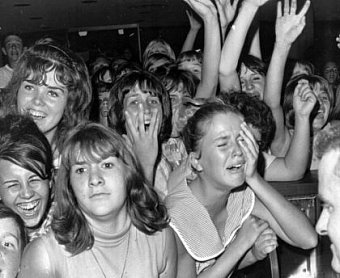
About three years ago I was invited to write a chapter in a very academic book entitled Soundscapes of Well Being in Popular Music. It was being edited by – among others – Professor Robin Kearns of the Geography Department in the School of Environment at the University of Auckland.
Although I am a contracted lecturer in the School of Music at the same university (and yes, I do have a degree; and yes, I am a qualified teacher) I am sure Robin – an Elsewhere subscriber – knew I was not an academic writer.
(In fact as you might see, I jocularly added one footnote to my piece which read, “This is an essay without footnotes” They left that in.)
I have done some highbrow academic writing – throw in the polysyllables and Bob's your uncle – but I was given free reign and access to copies of the essays by other international contributors.
It was damn fine book (available here) and I was flattered to be invited to contribute.
What follows is my lengthy piece (now illustrated to break up wedges of words), and I commend the book to you . . . not the least for Robin's very astute analysis of the emotional, social and psychological geography of Womad festivals.
My bit, which appeared as the coda to the collection, went “a little something like this” ...
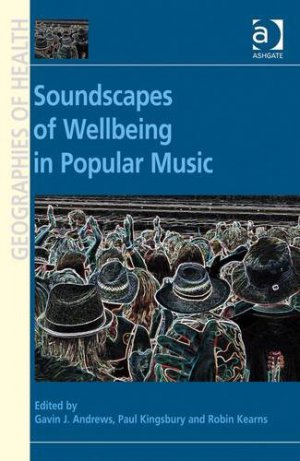 When it came to pop music, I was an
innocent in its sightline. In 1964 The Beatles came to New Zealand
and played in my city, Auckland, on my 13th birthday. That fact alone
must put me at the centre of some kind of demographic and a case for
study.1
When it came to pop music, I was an
innocent in its sightline. In 1964 The Beatles came to New Zealand
and played in my city, Auckland, on my 13th birthday. That fact alone
must put me at the centre of some kind of demographic and a case for
study.1
There's no denying it, my generation got lucky. We grew up as popular music morphed from vibrant pop into rock and myriad forms beyond. We were old enough to grow with the Beatles, Bob Dylan, Motown and psychedelic jamming. We got into the jazz of Miles Davis – perhaps courtesy of free-form Jimi Hendrix, although in my case through my Dad's interest in Louis Armstrong. And hearing Dave Brubeck Quartet's addictive Take Five around the same time as Jimmy Dean sang Big Bad John in a dark baritone down a radio wire to my bedroom.
My generation was introduced to Indian music courtesy of George Harrison and Ravi Shankar, and after that the wider world of music was ours.
Today people of my age listen to cajun, alt.Americana and Portuguese fado without thinking them strange bedfellows. We go to Womads and Pasifikas and Big Day Outs, listen to Erik Satie and Mozart in concert or at home, see old heroes like New Order, the Buzzcocks, Joan Baez and Robert Plant, love the discovery of new names and . . .
To be honest though, pop music is still the one that gets me.
I think we underestimate the power of pop. Noel Coward, the aloof and detached cynic, observed through the mouthpiece of a character in Private Lives “strange how potent cheap music is”. But maybe that's because he just didn't get it, although wrote a swag of it himself. Perhaps, like the young Beatles, he was surprised when so many people liked what came naturally to him.
That is the thing about disposable pop music. It isn't. Once it gets its hooks in it just stays there.
That simple verse-chorus, verse-chorus structure may seem reductive to those for whom Wagner isn't a stretch, but that's its universal appeal.
You can sing aloud, dance to it, play air guitar, get a bit abandoned in it . . .
Pop music makes me feel good, and increasingly I've come to believe it is actually necessary for my health and well-being.
And cheap pop deeply affects its audience. As Paul Simon observed in The Boy in the Bubble, “every generation throws a hero up the pop charts”. But, as Gavin Andrews and Ben Cowell here illustrate in their chapters with reference to the swaggering Noel Gallagher and Morrissey's Mancunian miserablism respectively, these can be unusual heroes who connect with their constituencies in very different ways.
This collection of insightful essays reminds us that music we enjoy or make some emotional investment in has the capacity to make ineffably deep connections for us. Often music, of all kinds, can elevate us in ways we cannot fully articulate, it touches some part of us that many might call the soul. Music nourishes us, fulfills some inner need or offers us comfort in troubled times.
We know this intuitively because when we encounter those for whom music is not a part of their life, it really does seem like a piece of them is missing. Their life seems to have no melody to it. That part of humankind which has sung and danced since time immemorial, the bit of us that takes pleasure in song, seems sadly absent in such people.
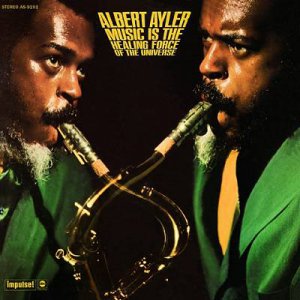 Music is the healing force of the
universe, to quote an album title by the free jazz musician Albert
Ayler. And it's often just fun, that most underrated of qualities.
Music is the healing force of the
universe, to quote an album title by the free jazz musician Albert
Ayler. And it's often just fun, that most underrated of qualities.
I love it when, in one of my university courses, I play my students music of the kind they have probably never, or only rarely, heard: the elemental and mesmerising blues of Lightin' Hopkins when he sings about the pains of picking cotton; the assured and intimate voice of Frank Sinatra inviting us into his lonely barroom when he says “set 'em up, Joe”; the joyful abandonment of Louis Jordan doing his crazy dance steps to Caldonia “what makes your big head so hard” . . .
These young people – not music students but studying science, architecture or business as their major – are engrossed. You can see them transported by the music.
And then I play the Beatles.
The room lights up when I show them the clip of the Beatles on The Ed Sullivan Show in 1964 and all the kids in the audience are screaming. Girls in the class wriggle in their hard lecture seats and their eyes glow, boys – in the words of John Lennon who saw Elvis in a movie and an idea occurred to him – are probably thinking, “That's a good job”. There goes that accountancy career.
In these moments you can see and feel the power and potency that cheap music has. It makes them feel good. And that has got to be healthy.
I witness the healing power and emotional importance of music regularly.
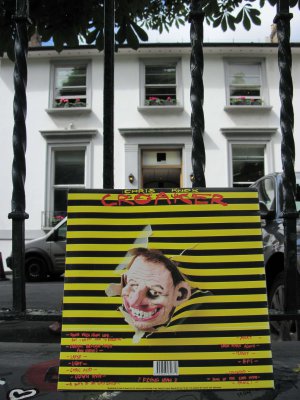 A few years ago a friend – a musician
and artist – had a severe stroke and I am a caregiver for him a
couple of days a week. He plays music all the time. Some of it I
think is awful and tell him so, and we laugh. Other stuff I like and
we share the enthusiasm.
A few years ago a friend – a musician
and artist – had a severe stroke and I am a caregiver for him a
couple of days a week. He plays music all the time. Some of it I
think is awful and tell him so, and we laugh. Other stuff I like and
we share the enthusiasm.
He has few words but his face glows when we agree on something, or he scorns me when I just don't get the appeal of the grinding drone sounds he has made me endure.
He plays the Beatles a lot and we share that passion, but when he is painting I hear him put on classical music – Bartok, Charles Ives, Shostakovich – and it seems to help him concentrate and focus. Sometimes it's ABBA.
Hours can go by unnoticed, the painting takes shape and he appears to have more energy.
He never paints or exercises in silence, there is something in having a sound fill the room which is important. It is spiritually and emotionally nourishing even if the music is Abba, a point Pamela Moss picked up on in Chapter Fifteen here when she offers a close textual reading of spirituality and spiritual healing in the context of Bruce Springsteen's songs. We don't need to go on pilgrimages, to churches or take ourselves off to well-being centres for spiritual replenishment, we can sometimes find the transformative in popular music, that cheap but potent stuff which makes us feel good, and which – in Springsteen's case – may also be densely layered on a lyrical level and as open to interpretation as the songs of Bob Dylan.
Not five minutes from my friend's house, which we often pass on our walks, is the Ruakatauri Music Therapy Centre established by Maori singer Hinewehi Mohi after her daughter Hineruakatauri was born with cerebral palsy.
The centre helps children and young people with special needs, learning disabilities or emotional difficulties.
In their explanation of how music therapy can help, the centre's website says simply: “The ability to respond to sound and music is an inborn quality in all human beings. Pulse and rhythm are found in the heartbeat, in breathing and movement. Pitch and rhythm give the voice expressive and communicative qualities.”
The centre believes – and the evidence is there in testimonials from enthusiastic parents or caregivers – that music can reach these children. And in them making music of whatever fashion they choose, they can reach us. Again – as with my friend, although he adopts a more passive role – communication is made, the sense of isolation is eroded, they learn confidence.
This is music as therapy. But there's also that which I see in my own home, and it's not when I turn up the stereo and play my verse-chorus pop.
Some years ago my wife learned relaxation massage. Her clients come to our place where she has a room specially set up. And she plays them music, quiet and restful music.
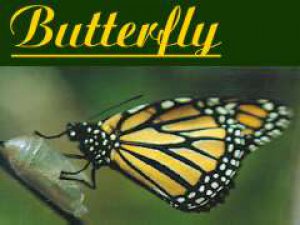 If I look at some of the CDs she has
they seem to have one thing in common: the cover art, artists and
melodies often come to us from India, Korea and Bali which suggest a
measure of innate spirituality which Westerners often yearn for. But
musically they never quite rest in any one genre or culture long
enough to be categorised as world music. They just sort of are.
If I look at some of the CDs she has
they seem to have one thing in common: the cover art, artists and
melodies often come to us from India, Korea and Bali which suggest a
measure of innate spirituality which Westerners often yearn for. But
musically they never quite rest in any one genre or culture long
enough to be categorised as world music. They just sort of are.
One of the most popular albums used for massage for many years, and perhaps even now, was Butterfly by Jeffree Clarkson – formerly Jeff Clarkson, singer for the post-punk band Flight X7.
Released in 1986, it has apparently sold over 60,000 copies. It is weightless and stateless ambient-cum-New Age music which, like so much music used in healing, alludes to elements of the natural world (it opens with bird sounds and water rippling) then drifts off into unresolved melodies which constantly morph and gently pull you into their ever evolving world.
You could argue it goes nowhere, but would miss the point. The sleepy getting there is what this music is about, that patina of a different, more natural and spiritual state of being.
In his liner notes Clarkson writes, “Through music I have always been able to communicate with the natural world. When I am around nature I feel music inside, and when I play that music there is a communication that takes place. People in their natural state are very much part of nature. When they experience this music it reminds them of who they really are, and they begin to resonate from that place”.
So for Clarkson, and presumably his listeners, music such as this which refers to little outside of itself, allows us to locate ourselves within it. Or touch our Self.
Some instrumental music has a quality which touches us deeply, as in the case of Estonian composer Arvo Part's extraordinary Tabula rasa. It was written in the late Seventies for two violins and the score bewildered Gidon Kremer and Tatjana Grindenko when they first saw it.
“We were all a bit surprised by the the empty pictures of the score,” Kremer told Gareth McConnell of The New York Times. “It was all tonal and so transparent. There were so few notes.”
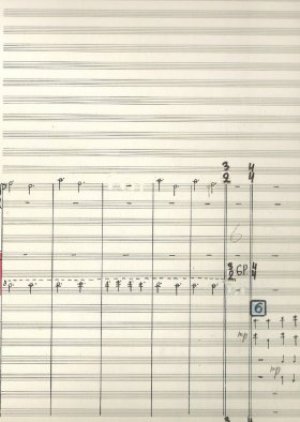 In spare dots on a page -- like graphic
art generated by a computer with a limited vocabulary – the music
may have looked like very little . . . but it also sounded like
little which preceded it.
In spare dots on a page -- like graphic
art generated by a computer with a limited vocabulary – the music
may have looked like very little . . . but it also sounded like
little which preceded it.
The ethereal 27 minute Tabula rasa was recorded for the often austere European jazz/contemporary classical label ECM and in a much quoted piece from the on-line magazine Salon in '99, the columnist Patrick Giles wrote of the music's soothing qualities for those dying of Aids in 80s.
"Tabula rasa's relentlessly severe, repetitive and deeply inspiring sound had a powerful impact on my dying friends and their attendants. 'It sounds like the motion of angels' wings,' a client whom I had a secret crush on once said.
“The music brought comfort to many of us after we'd given up on the very possibility of it. People played it at night, during meditation and, especially, when they were in the hospital and feared they were dying. We had learned that even patients in comas were still capable of hearing, and several people with Aids requested Part on their death beds.”
Part wrote “the tonality of this music has no mechanical purpose. It is there to transport us toward something that has never been heard before.”
So while my beloved pop music usually takes me back to a place of pleasure through familiar tropes there are whole other worlds of music – whether it be healing music, New Age, the often therapeutic ambient atmospherics by the likes of Brian Eno mentioned here in Chapter Twelve by Josh Evans or the so-called “holy minimalism” of Part – which invite us into a very different and more emotionally empty space, one where we can interpose ourselves.
In its spareness, Part's music is “a cleansing of all the noise that surrounds us,” says violinist Kremer.
But this is not music of death, rather it is of life and reflection, and of transcendence.
As the title of Tabula rasa – from the Latin, meaning “a clean slate” -- suggests, it is music of a new beginning, life from silence and space. Just a few dots on a score proving less is more. A rare kind of soul music where you can hear the wings of angels.
In the essays in this book, the various writers have addressed the power and potency – and the need for music – in various ways.
When Tanya Sermer considers Jewish spiritual healing and the singular figure of the late Debbie Friedman in Chapter Six we see that special quality within a socio-political and religious context.
In Chapter Ten, Dying Healthy, Lee Bartel and Amy Clements-Cortes look at music in palliative care, and it is interesting to note in the case study they use the music wasn't high art but pop songs, like ABBA, which brought comfort.
I especially enjoyed reading the essays in Part II; Transformation and Part III; Gathering because I have always enjoyed the collective experience of music, which I would attribute to formative Beatlemania probably.
 Because I attend festivals like WOMAD
and New Zealand's Pasifika, I found those essays by Robin Kearns
(WOMAD) and Wardlow Fiesen, Ruth Talo and Lyndsay Blue (Pasifika)
especially pointed. We take for granted these are collective
experiences but how those festivals have established their own ethos,
codes of behaviour, and homogeneous but inclusively diverse social
spaces has not been as astutely analysed previously.
Because I attend festivals like WOMAD
and New Zealand's Pasifika, I found those essays by Robin Kearns
(WOMAD) and Wardlow Fiesen, Ruth Talo and Lyndsay Blue (Pasifika)
especially pointed. We take for granted these are collective
experiences but how those festivals have established their own ethos,
codes of behaviour, and homogeneous but inclusively diverse social
spaces has not been as astutely analysed previously.
The article by Emily Skinner and Jeffrey Masuda about disaffected kids in Canada finding their voice through hip-hop resonates as an especially important piece because despite its specificity it has a universal application. New Zealand rap artists – like many in the global village – have a sure sense of geographical and social place and speak from within it.
That alone means they have an authentic and authoritative voice to articulate messages about their lives, concerns, cultures, colonialism, street and even geo-politics. Because rap is about the voice and the word, their music can carry social messages of the kind which are directly relevant to their immediate audience but also resonates in the communities of the disaffected and dispossessed in the hip-hop diaspora. The microcosm can be emblematic of macro-geopolitical music.
But, as the authors point out, it may also circumscribe their lives and limit their mobility.
The arguments and articles here – variously persuasive, stimulating and provocative (I can't agree with everything, then again I like Jimi Hendrix played loud) – to a greater or lesser extent confirm the great truth: music has immense power and potential in shaping our lives, health, emotional stability and social interactions.
Or, as Little Richard said with the cogency which few of us in academia can manage, “Awopbopaloobop alopbamboom”.
1 Note: this is an essay without footnotes

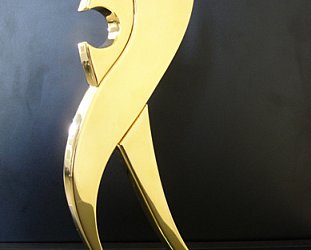
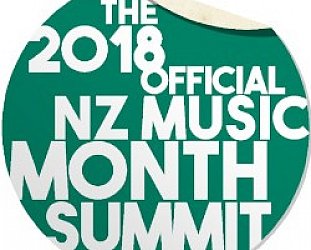
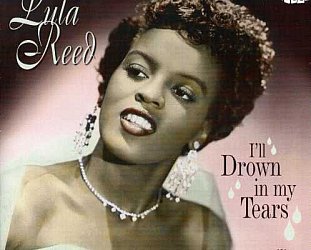
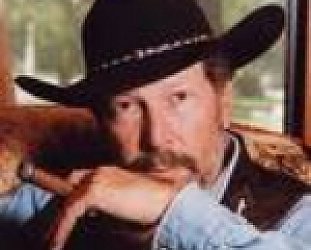
post a comment